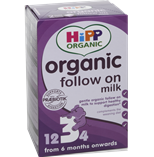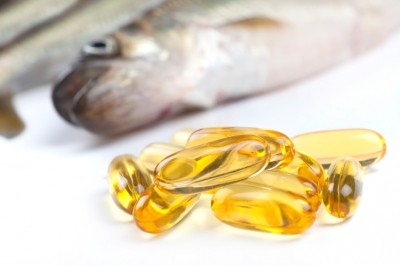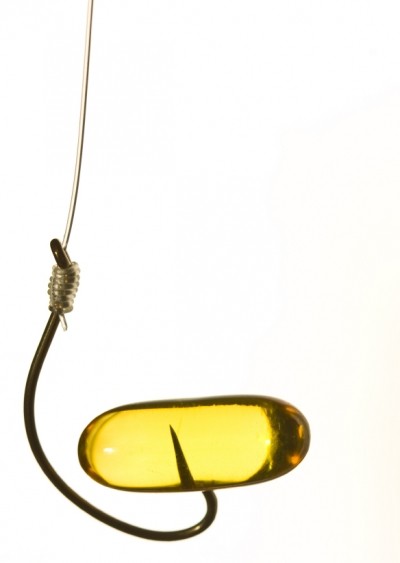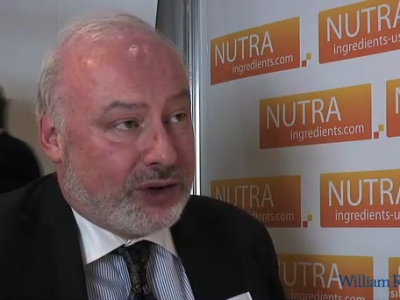Omega-3 scientists oppose EFSA ALA claim

In his letter to the EC, Professor Jack Winkler from the UK Nutrition Policy Unit, challenges EFSA’s article 14 children's development verdict that an ALA (Alpha-linolenic acid)-fortified infant food can benefit brain and nerve tissue development.
Professor Winkler, one of a group of about 20 omega-3 scientists that have long opposed ALA and EPA (eicosapentaenoic acid)/DHA (docosahexaenoic acid) being treated with parity in product labelling due to bioavailability differentials, said the claim should be blocked because infant requirements for ALA are relatively low.
He said the letter had their support.
“…the amounts required by an infant are small,” he writes
“And it is almost unthinkable that they would not be obtained from a normal diet. In sum, ALA is not needed as a fortificant in formulae.”
“The claim that ALA supports brain development is trivial and applies to all nutrients. It is no more valid than saying that sodium, or chloride, or water, or protein supports brain development. They support development of everything. In sum, the claim misleads because it conveys an exaggerated impression of the significance of ALA.”
Conversion
Professor Winkler points out that the claim is based on ALA’s ability to convert into the more bioactive DHA.
“This is true in a chemical textbook sense,” he wrote. “The problem is that humans convert ALA into DHA very poorly,” he continues noting the International Society for the Study of Fatty Acids and Lipids put the conversion rate at about 5%.
He said EFSA needed to consider this rate in its opinions.
Consensus
While even ALA players now accept that the fatty acid converts poorly to DHA in the body, they argue all forms of omega-3 should be increased at the expense of inflammation-promoting omega-6s, and the two camps have agreed on this, producing a consensus document on the matter at a recent omega-3 conference in Belgium.
The opinion
The article 14 submission was made by German firm HiPP GmbH & Co Vertrieb KG.
In its opinion EFSA’s Panel on Dietetic Products, Nutrition and Allergies (NDA) found ALA, “is the parent fatty acid of the longer chain n-3 polyunsaturated fatty acids, including DHA. DHA is the major structural lipid in brain tissue and the central nervous system. Also the retina contains high concentrations of DHA. Deficiency of ALA results in adverse clinical symptoms including neurological abnormalities and poor growth.”
“The Panel has already issued a favourable opinion on ALA and linoleic acid (LA) and normal growth and development of children, as well as on ALA and contribution to brain development.”
The Panel notes that for normal brain and nerve tissue development, ALA, like other essential nutrients, is needed in adequate amounts.”
The opinion can be found here.







